Course: Visual Art, Diploma Programme
Department: Creative Arts
Institution: Campus International High School
Instructor: Jeremy Tugeau
Number and Level of Students Enrolled: 12 students, 11th grade
Digital Tools/Technologies Used: Google Classroom, Zoom, Padlet
Author Bio: Jeremy Tugeau is an artist and teacher based in Cleveland Heights, Ohio. He is a graduate of Syracuse University (BFA 1995) and Case Western Reserve University (MA 2015). A professional fine artist and illustrator, Tugeau has illustrated 23 picture books including “Who Were the Beatles” (Penguin/Random House2003) and “The Buddy Files” ( Albert Whitman 2010). His fine art is represented by Robert Foster Fine Art in Nantucket, MA and Heights Arts Gallery in Cleveland Heights Ohio. After connecting with young people by visiting schools to share his books, Tugeau began teaching art at the Cleveland Museum of Art. This is his 6th year with the Cleveland Metropolitan School District.
NOTE: This essay includes artwork inspired by the emotions of students and educators during the COVID-19 pandemic. Images may include explicit language and/or images.
When I began to contemplate teaching art online in early March of this year, I felt a pit in my stomach. The questions began to swirl; would my students, who are used to working with a variety of materials and technology, have to find their own supplies? How would they work collaboratively from home? Will they even engage? I decided that engagement was something I had no control over. I would do my best to provide consistent instruction and support regardless of the situation, and in the weeks after schools closed due to the Covid 19 outbreak the situation was bleak. The majority of my students came from low income households without reliable wi-fi. Many of the parents were essential workers, who would now have to rely on their older children for daycare. Indeed when our school went online in April, a very small percentage of my students returned to engage.
As the Stay-At-Home order went into effect in the weeks after our school closed, my original idea of what it meant for students to be engaged had changed. At first, I thought there would be no excuse for students to be completely absent from distance learning. I knew most of my students had multiple online devices, and all of them had phones. All of my students were active on my Google Classrooms before the shut-down. They would be notified when I posted assignments or communications, and could easily submit work and participate in Zoom sessions.
That all changed when teachers were asked to contact parents in an effort to conduct a survey. We wanted to find out how the families were doing, and if they had access to online devices. Right away I had trouble with contact information; many numbers were not in service. There was no reply from email addresses. The few parents I did reach communicated their fear and insecurities about the Pandemic, and were struggling to establish consistency in their households. One father I talked to was a truck driver. As an essential worker, he described how his job would not allow him to be home to make sure his son was doing his schoolwork. He was driving his semi on the highway as we talked.
I realized that ‘engagement’ would now mean something different. Penalizing students during that time would not be equitable. We were advised that students who did participate would receive credit for their work, but all instruction going forward would be enrichment. Unfortunately this was the new reality of an unprecedented event. So, engagement for me was turning in work on google classroom on a consistent basis. Attending my Zoom classes was a bonus.
My students were teenagers. They were very affected by the world around them and they questioned everything. I knew that whatever direction my online units would go they would have to be of a personal nature; something they could connect with. I wanted to take all the emotions they were feeling and channel them into creative energy. CIHS is an International Baccalaureate high school. At the center of the IB Learner Profile is the student. Surrounding the student are the IB Attributes; these are qualities that our students strive for.
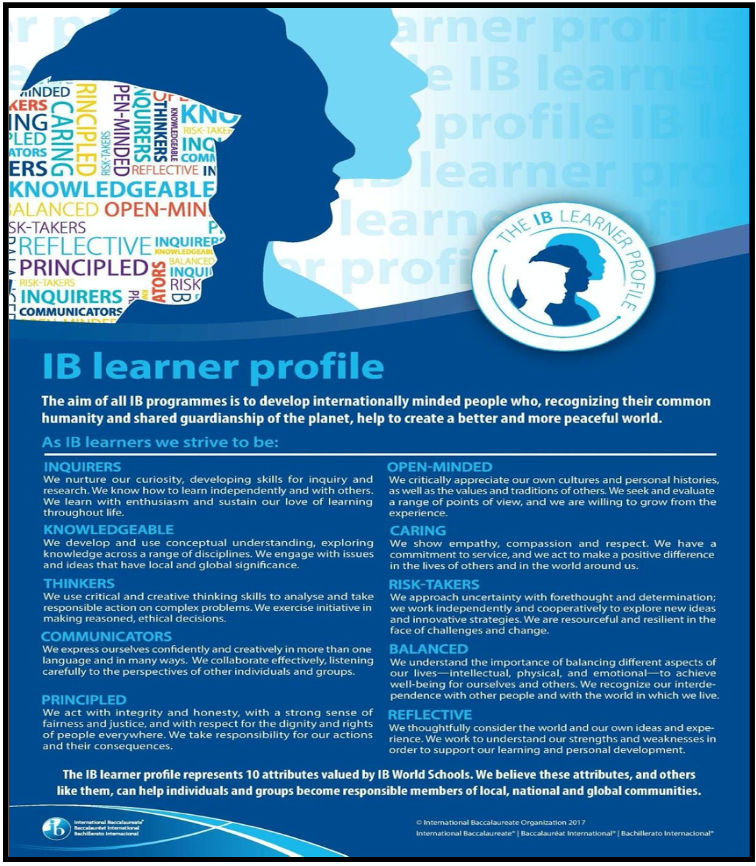
Our classrooms are structured around a teacher-led, student-directed model. Students are encouraged to work independently and collaboratively in equal measure. CIHS is internationally-minded as well, discovering and integrating different cultures into our curriculum. We take pride in our diverse student body and the many directions they go with their ideas. This particular class is part of the Diploma Programme, a 2 year course in which students develop a portfolio, write a comparison study, and mount their own exhibition. I compare it to a college-level foundations course. All of my students had talent for the visual arts, and genuinely wanted to explore their potential. I wanted to give them the freedom to express themselves within a solid structure; to provide an opportunity to open up within a safe space.
Earlier in the year, my DP (Diploma Programme) Art students attended “Michelangelo: Mind of a Master” at the Cleveland Museum of Art. The show was an exhibition of sketches, taken from the famous Renaissance artist Michelangelo’s sketchbook. They were preparatory drawings for some of his monumental works, including the frescoes for the Sistine Chapel. My students were struck by how ‘alive’ the drawings looked, as if they were done recently not 500 years ago. We learned that they were done from life. The artist was interested in how the human body actually appeared to the eye, not an idealized form. Michelangelo’s power of observation and his expressive drawing techniques combined to create art that is timeless.
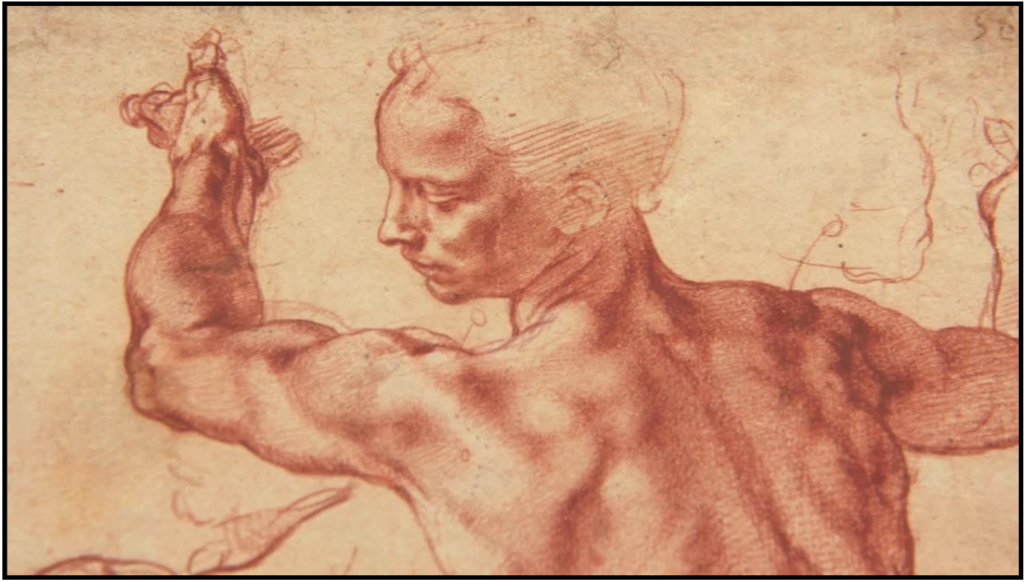
An artist’s sketchbook is like a look behind the curtain. To the casual observer, the myriad of quick sketches and notes found there can look like the random scribbles and doodles of a lunatic. But over the centuries, artist’s sketchbooks have become as valued as the great works themselves. The pages reveal the mind of the artist. In them we see the process by which the artist investigates his or her subject; the evidence of the depth of their work. All of my Visual Art students received a sketchbook at the beginning of the year. Not only is it invaluable for an art student, but the visual arts journal is one of the assessments for the IB Visual Art Diploma Programme.
I decided to create a lesson inspired by Michelangelo that would be flexible enough for the students to complete at home and with limited materials. First, I asked students to complete a survey, listing the materials they had at home that they could use to create artwork. Responses indicated that most students had the basics; a sketchbook, pencils, paper, markers, colored pencils and some had watercolors. Using Google Classroom to introduce the assignment, I called it the “Co-Jo” (Coronavirus Journal). The students were asked to use their sketchbooks as visual journals, describing their experiences during the Pandemic. I encouraged them to document their feelings, not just doodles and daydreams. Each week I would post a prompt the students could follow, but I also encouraged them to make entries whenever they felt inspired to.
The students could post their work on Google Classroom by taking pictures using their phone and sharing them. Knowing that some students might not feel comfortable sharing work that is personal with the class, I offered the option of posting their work to a Padlet Wall. Padlet is a fantastic app that allows teachers and students to share content and discuss ideas by posting comments. www.padlet.com Padlets can be private, wherein only the teacher and student can have access. The wall is also a great platform to put the assignment in the context of art history. We studied artists throughout history who created work during quarantine or explored the subject of isolation.
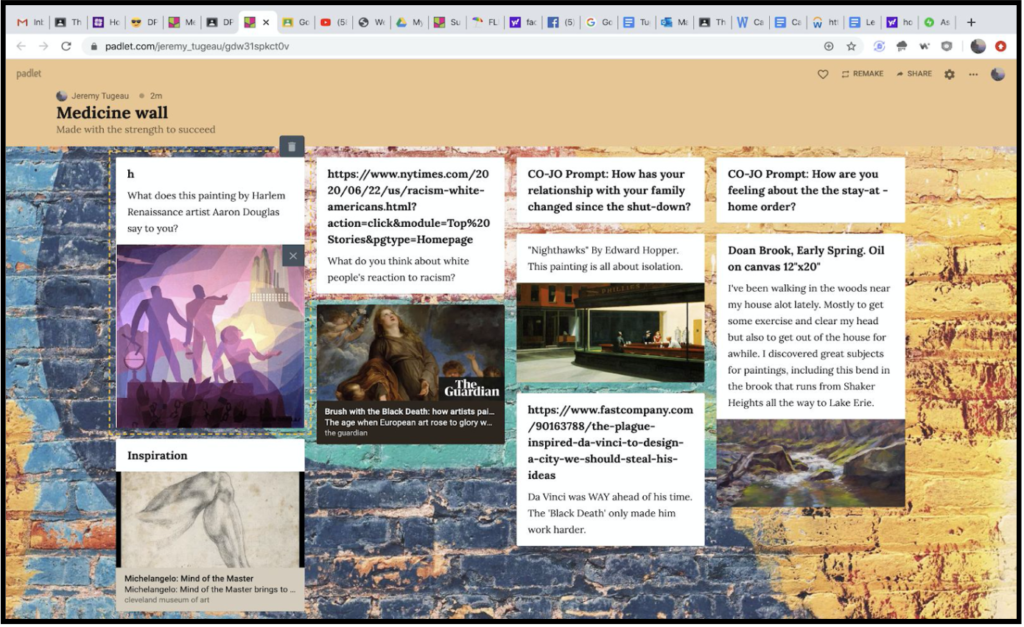
Initially, students responded well to the assignment. I knew the challenge would be that the longer the pandemic went on, the harder it would be to inspire the students to stay engaged. The staff at CIHS tried to prepare for distance learning by establishing a schedule for students. Each class had its own designated time in which students could attend Zoom classes. Teachers also established office hours, during which students could contact teachers and get immediate feedback. My Zoom classes were not well-attended, but the students who did attend were excited to reconnect with their peers and discuss the assignment.
It is important to note that the sketchbooks the students received were high quality. They were hardcover, with 60lb durable paper. This allows the students to experiment with wet mediums without destroying the book. Also the size, 8×10”, provides enough space on the pages to work and fits easily into backpacks. I instructed the students to write their name and school on the inside cover, including the school’s phone number. I stressed how important it was to take care of the book, as not only would they use it to complete assignments but that the book itself is one of their assessments.
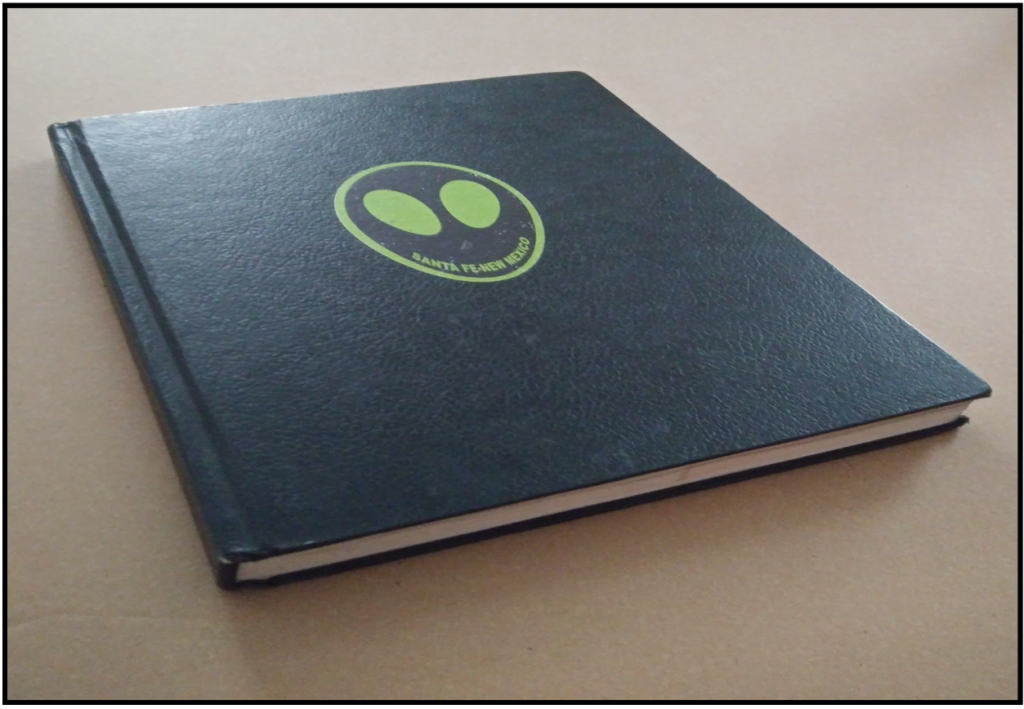
While writing the instructions for the lesson in Google Classroom, it occurred to me that not all of my students enjoyed drawing. Their strengths were in other areas of the artistic process. However, all of my students were descriptive. They all had something to say. Through the IB curriculum, they’ve learned to reflect on their work and communicate their experience. As an IB teacher, I have encouraged my students to use their own voices when presenting their work or participating in critiques. Sometimes this made for unique moments in the classroom, but that’s what I wanted. The themes that would arise from passionate discussions or critiques were invigorating. Students who were inclined to put their head down during class were suddenly inspired to jump headlong into a debate with their peers.
My goal as an art teacher is to inspire young people to find their voice, in whatever form that may take. I decided that students would have the option of writing their CO-JO entries. I encouraged the students to be both literal and visual, but it was up to them on how they wanted to submit. My colleague, ELA teacher Charles Ellenbogen, had been working with my students all year on their writing skills. We had collaborated on other lessons so I knew this would work.
I posted the ‘CO-JO’ assignment on Google Classroom, and scheduled Zoom meetings with my students. For our first meeting, I planned to ask students to share how they were feeling, review the assignment and the padlet wall. Not surprisingly, we talked the entire hour about the events happening around us and in our homes. We managed to look at the assignment and padlet at the end. Using Zoom as a teaching platform had its issues. Many times the audio was problematic and some students attended without their camera on, which made me think they were not really there. However, something unexpected happened. The students who attended did not want to leave. It occurred to me that the Zoom meetings were a safe place where they could connect with their friends. They were also consistent, during a time when so many things were inconsistent.
Students began to share their work. Immediately I was struck by the honesty they were expressing in their sketchbooks. The raw emotions of the time were graphically presented without filters. Drawings and text fill the pages, inviting the observer into the personal world of the artist. In the examples below, we see an intimate picture of mundane daily activities, punctuated with the fear and frustration of the Pandemic. The artist not only grows more confident expressing her emotions over time, but with materials as well. The early pencil sketches are gradually replaced by pen and ink, and eventually vibrant colors. In some drawings, the stunning use of line together with pattern and movement creates a frenetic feeling. It’s as if the artist worked quickly to capture the moment, unconcerned with convention or formality. The result is a fresh body of work that is worthy of her portfolio and exhibition.

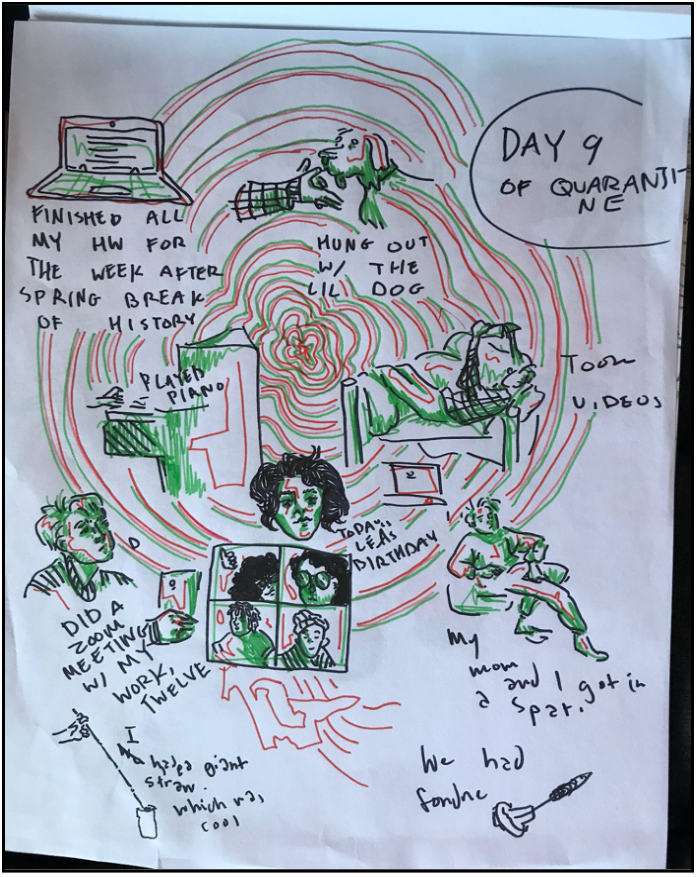
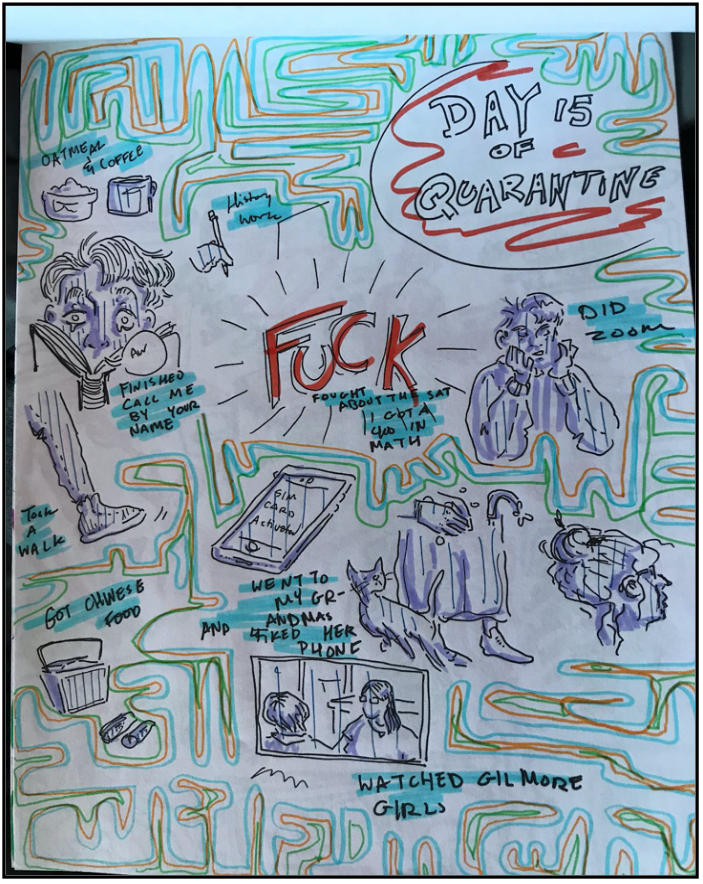
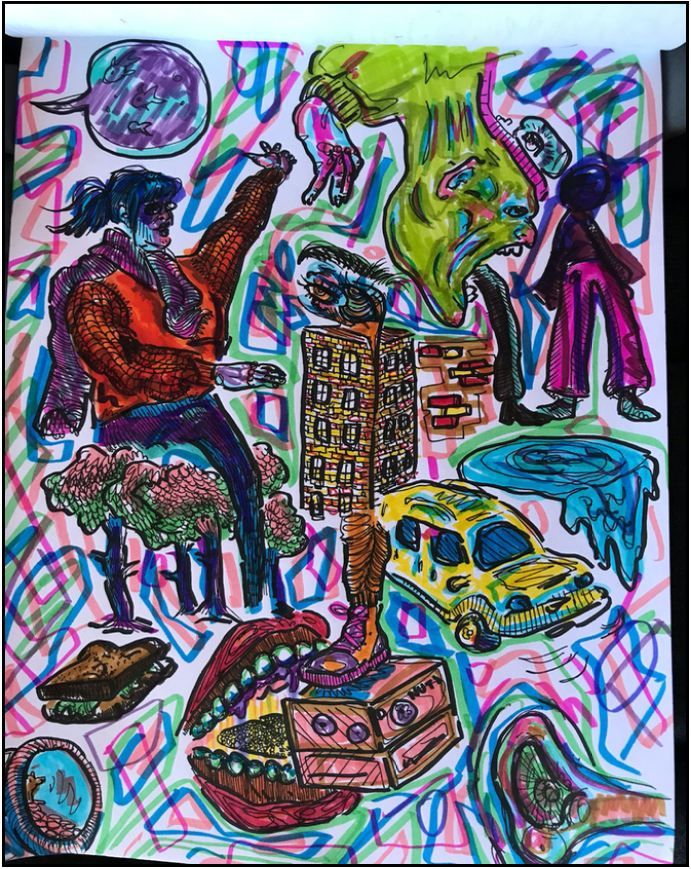
Harvey Pekar, the renowned underground comics writer and native of Cleveland, once said “Ordinary life is pretty complex stuff.” I think this assignment proves that to be true. This student chose to let us into her ‘ordinary’ life. By joining expressive drawings with text, she brought her experience to life. I think what made this student’s work so successful was her honesty. Sharing the good AND the bad. The simple act of making a bowl of comforting noodles contrasting with the news of a low SAT score. They are the uncomfortable, awkward, and sometimes explosive moments that make up the life of a teenager during the Covid 19 Pandemic.
